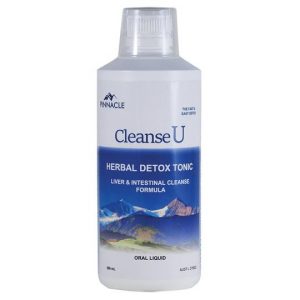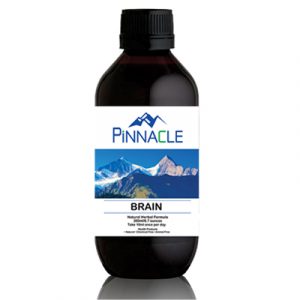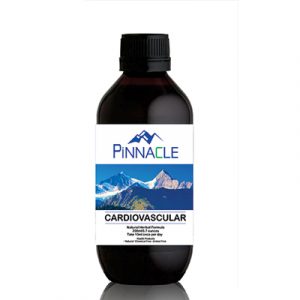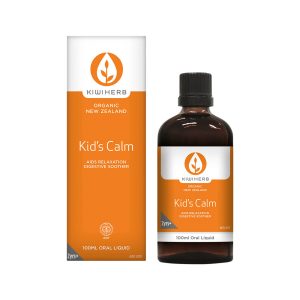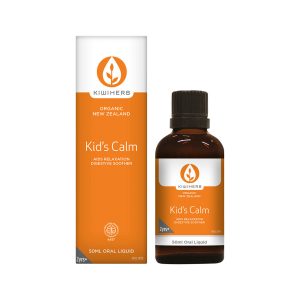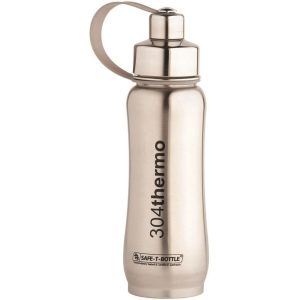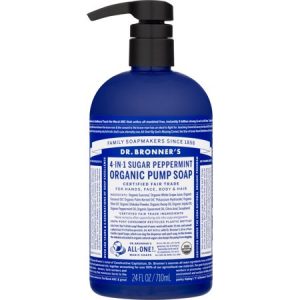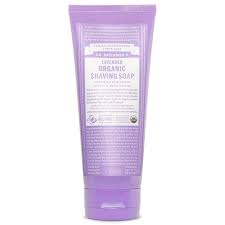Salvestrols are a new class of natural compounds, safely eaten in the diet. They are a sub-group of phytonutrients (plant derived compounds) essential for wellbeing that cannot be made in the body and must therefore be supplied through the diet. They have been identified in many fruits, herbs and vegetables.
The ingredients in Salvestrol Platinum are 100% natural, including extracts of Cucurbita maxima, Vitis vinifera seed and Citrus reticulata fruit. All ingredients are free from herbicides, pesticides and anti-fungal agents. Each capsule contains 2000 Salvestrol points.
Salvestrols are used as part of the body’s natural cell cycle regulation process. Salvestrols support the elimination of damaged cells, and do not harm normal cells. They become activated by an enzyme CYP1B1 (pronounced “sip one bee one”) which is only found in damaged cells. CYP1B1 is absent from normal healthy cells, therefore Salvestrols exert no effect on them.
Salvestrols are not antioxidants. Antioxidants strive to protect our cells from DNA damage, but are ineffective once the damage is done. Salvestrols may work beyond antioxidants to support the elimination of damaged cells, before they can accumulate.
In our environment it is very difficult to get enough Salvestrols from food alone. Even if you only eat organically grown foods, there is no guarantee the salvestrol content is sufficient to keep you healthy. The main reasons for Salvestrol deficiency are:
• Modern Farming Methods: Salvestrols are the plants’ natural defence against pathogens. Agricultural chemicals (pesticides, fungicides and herbicides etc.) are keeping the pathogens at bay so the plants don’t need to produce any Salvestrols and consequently they don’t end up in our food. Organically grown food on the other hand, does not have this problem. Research has demonstrated that the level of Salvestrols in organic crops is 30 times higher than in those farmed under modern methods.
• Modern Crop Varieties: The combination of the bitterness of Salvestrols and modern preferences has resulted in the selection of sweeter tasting plants over plants that would normally be rich in Salvestrols. These sweet-tasting plant varieties produce fewer Salvestrols
• Location and Harvesting: Crops that have been green-harvested and transported are also deficient in Salvestrols because they have not had the opportunity to ripen on the plant. It is during the ripening process that the plant needs to produce Salvestrols at the highest levels because this is when the plant is most at risk from pathogenic attack.
• Food Processing/De-bittering – Salvestrols have a bitter taste. Our modern palate prefers sweeter tasting foods which mean fewer Salvestrols in our plant-sourced foods. In addition, the skin, pith and roots which contain the highest levels of Salvestrols, are the very parts of the plants that are removed and discarded during processing.
• Food Preparation – Many Salvestrols are water soluble and will leach out of food during cooking. Salvestrols are very stable molecules and are not destroyed by heat however; some cooking techniques will reduce the salvestrol levels in food. Boiling vegetables in water is only a good idea if you consume the vegetables and the cooking water. Juicing has become a very popular option for the consumption of nutrients. However, this extracts the skin, pith and pulp of the fruit used.
• Insufficient Fruit and Vegetable Consumption – We simply don’t eat enough unprocessed, non-agrochemically treated fruit, herbs and vegetables. Sadly, much of our diet is low in nutritional content and provides only ‘empty calories’.

